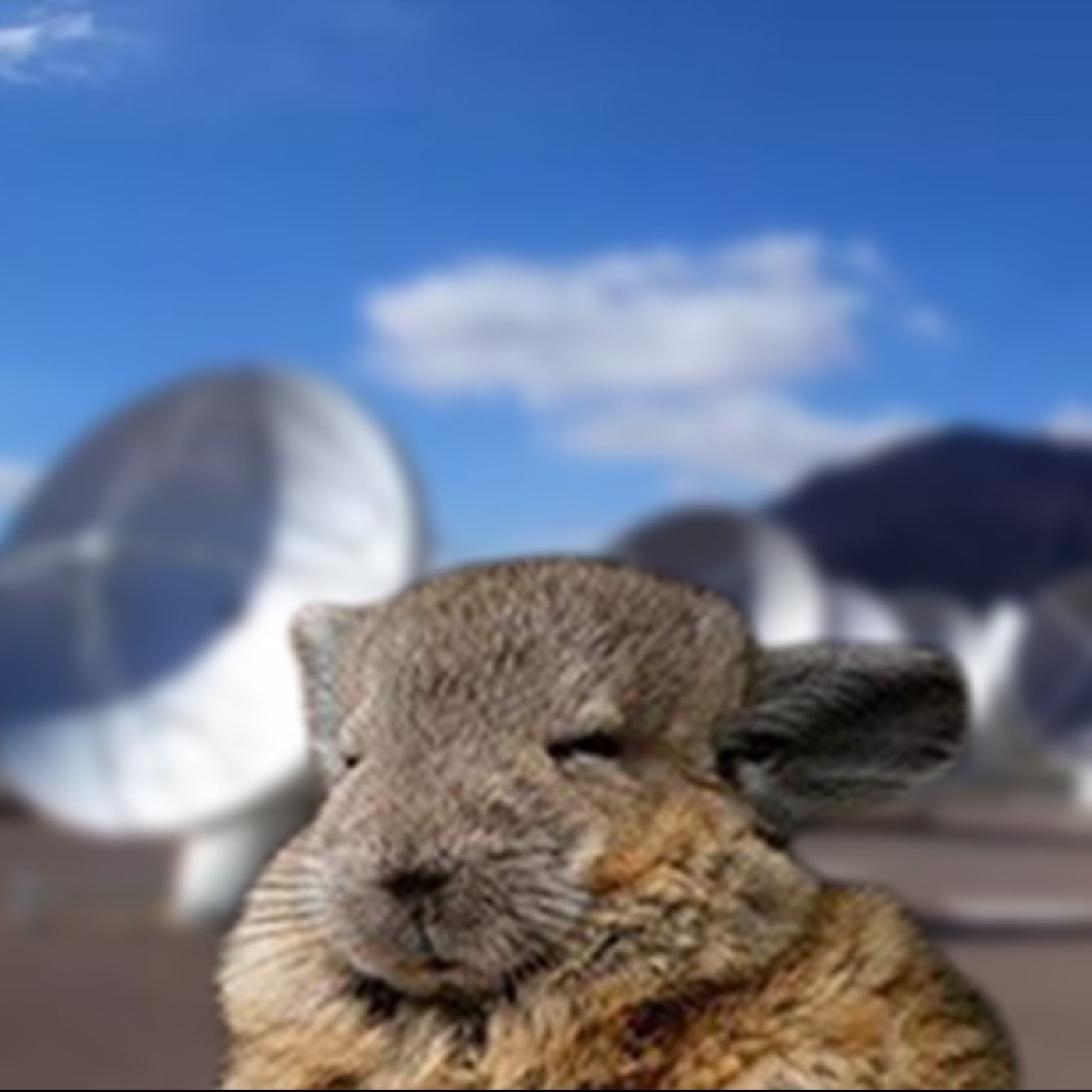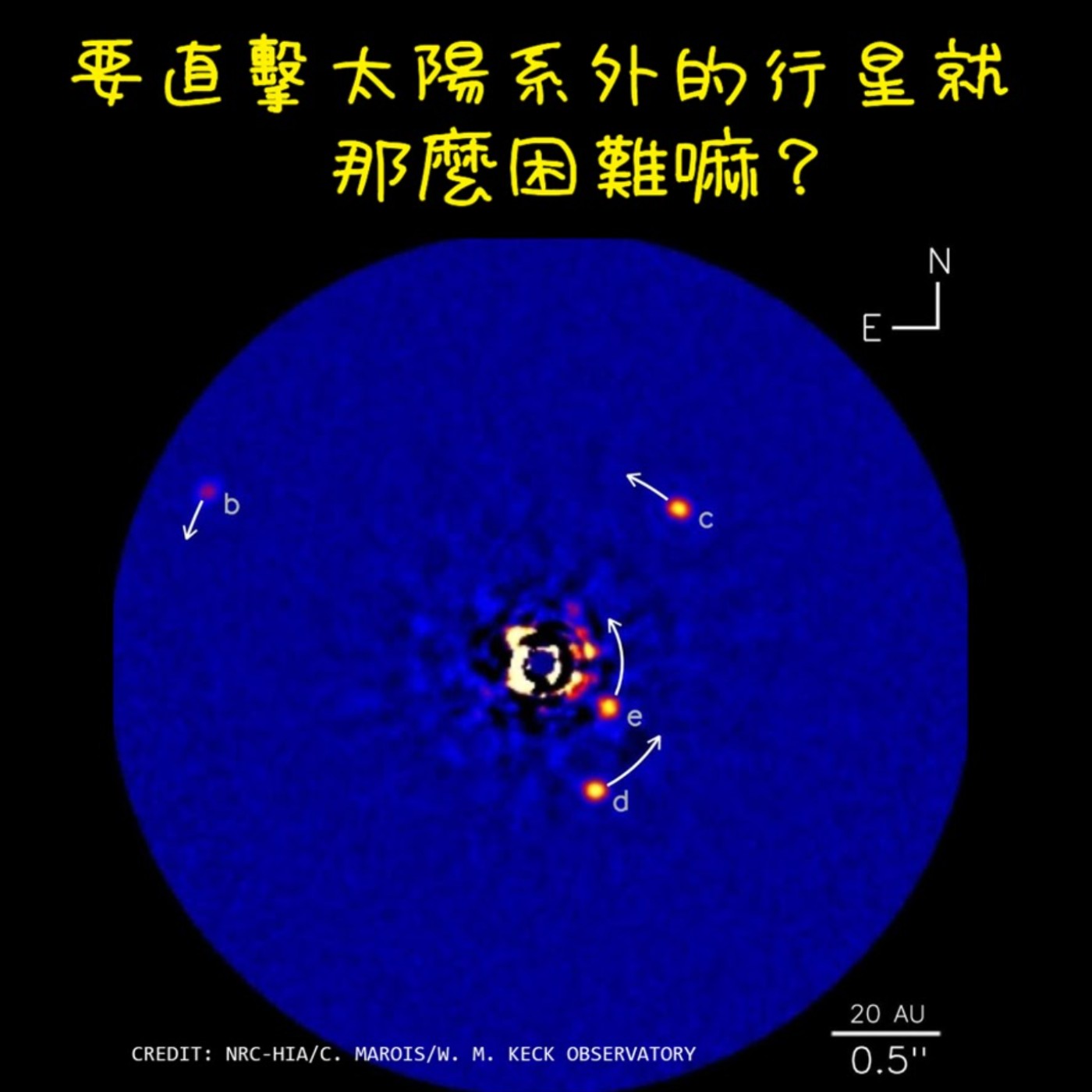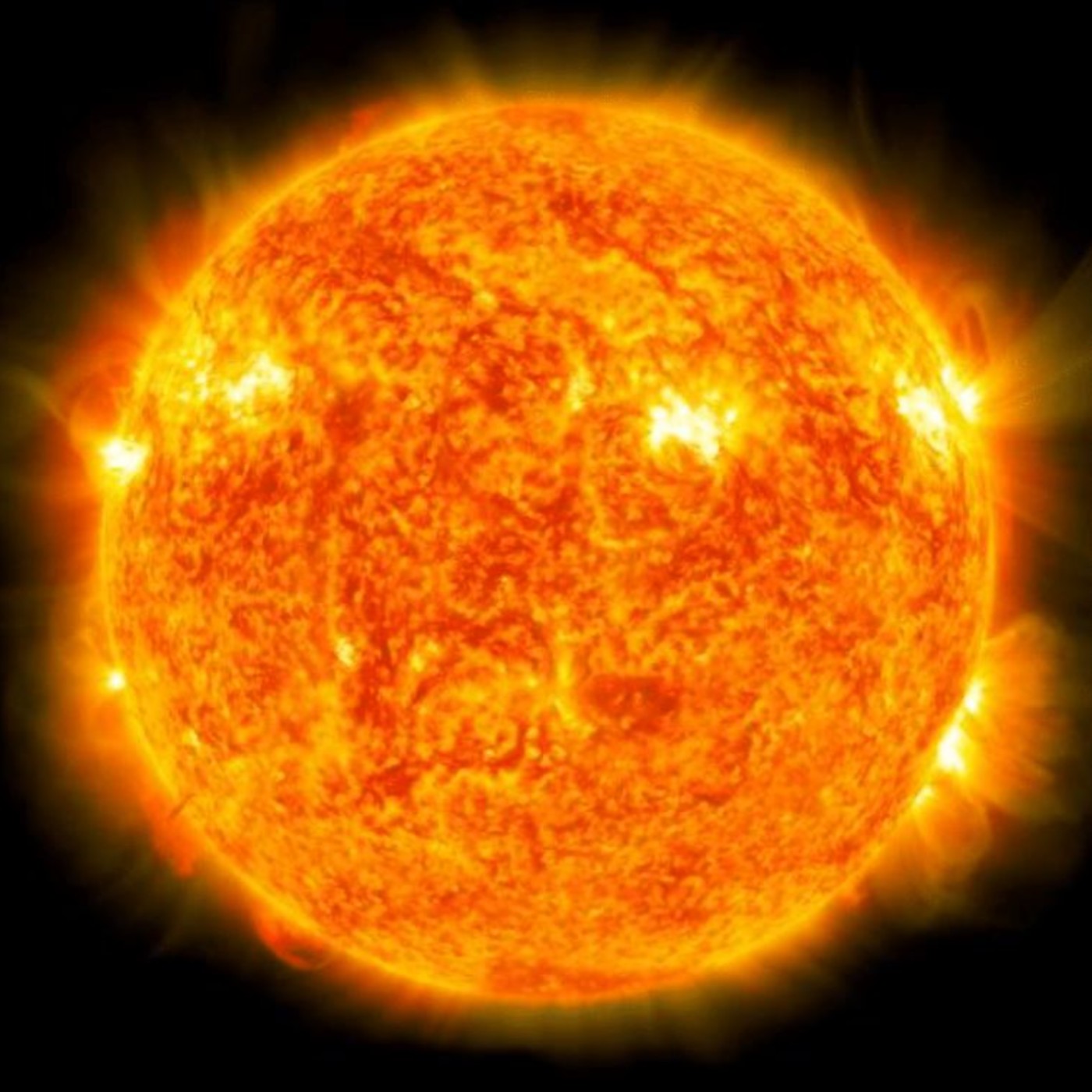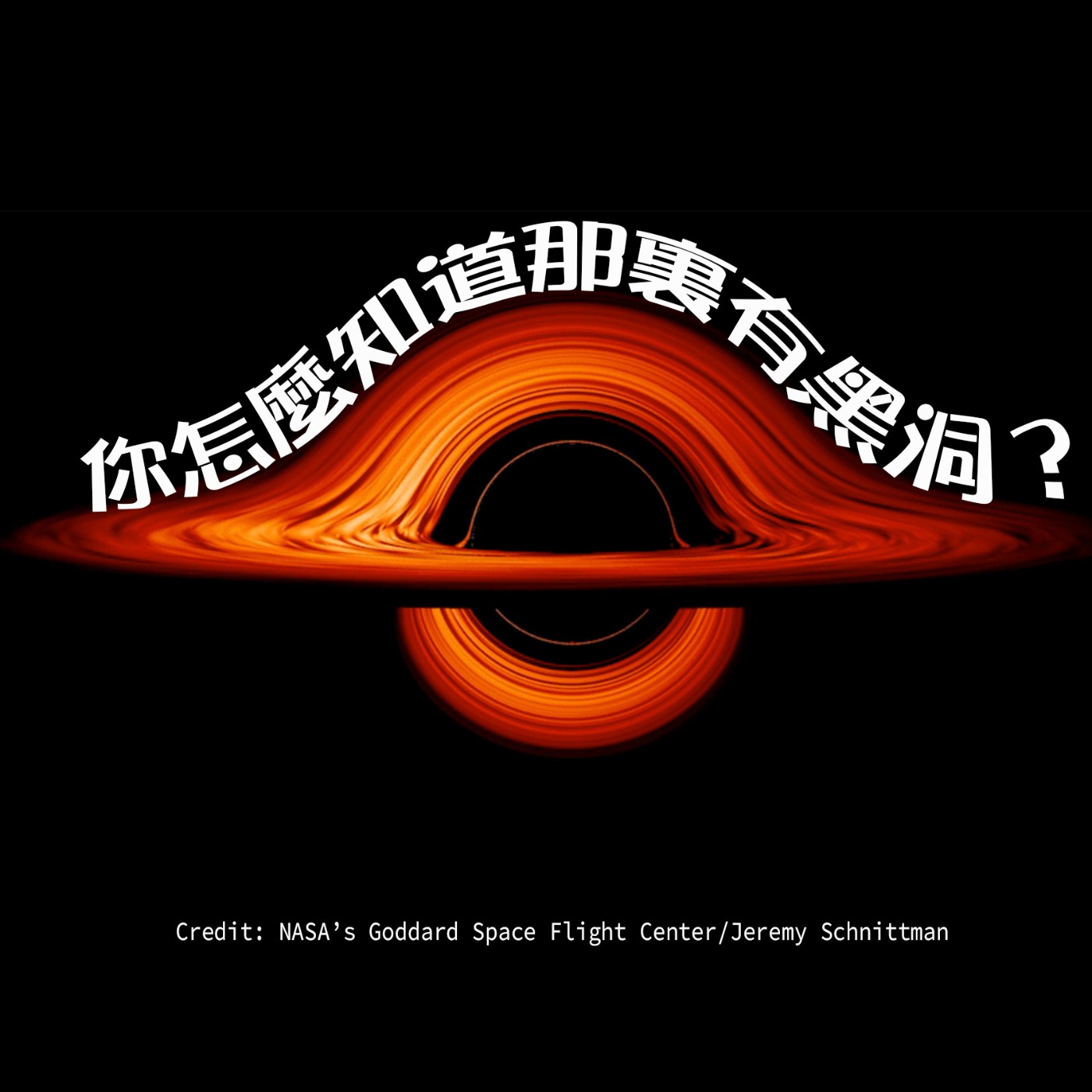星塵! Stardust!
Description
數月之後,隨著一座最新太空望遠鏡的發射升空,由天文學家精心設計的觀測計畫也將在離地球150萬公里的太空中開始付諸實踐,到底會發現什麼?仰望星空,令人引頸期待。其中的一份觀測計畫,是來自臺灣中研院天文所博士後研究 Dr. Sascha Zeegers(諸葛沙夏)團隊的提案。
本集節目中,沙夏要告訴我們,她為什麼醉心投入宇宙塵埃這個研究主題、她的期待與展望;不可少的,也聊一下這個大家已經等了20年的韋伯太空望遠鏡,可以用來做什麼。
本集內容為英語。
背景音樂由 audionautix.com 提供
Transcription:
Welcome to the Astronomy Podcast produced by Academia Sinica Institute of Astronomy and Astrophysics
I am show host of today, Lauren Huang. And, we are having our postdoc fellow Dr. Sascha Zeegers here with us. Hi, Sascha, we know that a space telescope is going to be launched into the space later this year, and, you're one of those who got the observation time to use it. Would you please explain for us what is this telescope aiming to do?
Thank you Lauren.
So the James Webb Telescope, which we also call JWST or Webb for short, will be the largest telescope that we ever send into Space. The whole telescope will be roughly as large as a tennis court. The mirror is 6.5 m in diameter. This telescope will be launched in October of this year. Because it is such a big telescope with very sensitive instruments it can observe things we have never been able to see before. We may be able to observe the atmospheres of exoplanets, look inside clouds of gas and dust and observe how stars are born. We can also look at the youngest, most far away galaxies in the universe and learn a lot more about the history of the universe.
Is it going to replace HST?
So I guess the answer to that is yes and no. We often compare this telescope to the Hubble space telescope, but the two telescopes are actually quite different. JWST is an infrared telescope, so it looks at the universe at a longer or redder wavelength. Hubble is more optimized at the wavelength where our eyes can see and the ultraviolet. This longer wavelength enables JWST to look inside molecular clouds to see how stars are born and it can explore the early universe and the youngest galaxies further. Hubble is still an amazing telescope though and to make our observations more complete over the spectrum we also requested time to observe with Hubble.
How long will this JWST telescope fly…?
We are usually cautious to say what the lifespan of the telescope will be, since we don't exactly know. Things may go wrong, although very often space telescopes operate far longer than expected. Hubble has been flying for around 30 years already.
We think that JWST should be able to operate for some time between 5.5 to 10 years and perhaps longer. It is certainly shorter than Hubble, since the mission is limited by the supply of hydrazine fuel needed to maintain the spacecraft’s orbit. It will also operate much further from Earth (1.5 million km), so unlike what was done with Hubble, we can't just go to the telescope and fix things which are not working properly. That is why people have done long and extensive tests on JWST from Earth.
How many people from Taiwan are involved in the proposals that that got the selected time of this round so there are three proposals from people in Taiwan that got accepted so one of them is someone from another university so not from our institute from ASIAA. But within ASIAA we have two people who are the principal investigator of a project so there are two different projects. And the project I work on and I'm the principal investigator of, there are two other people also working at ASIAA, Jointy Marshall and Ciska Kemper who are also involved in this project. It's called co-investigators.
So, you're leading the team? I'm reading the team yeah.
I heard some people said that the competition for this JWST time is quite fierce, do you think so?
I think so yeah. It was quite fierce. It was also because there is this big anticipation we've been looking forward to doing science with this telescope for maybe two decades already. Also the expectations are super high. So now this is the first time people could submit their projects and everyone wants their project to be accepted of course. So the telescope is "over-subscribed" and there are different types of projects related to the amount of time you request to observe -- so there are small proposals, medium and large proposals. And in my category, which is a medium proposal, the oversubscription was about five to one -- so only one out of five submitted proposals would get selected.
WOW! congratulations!
Thank you
So what was the immediate thought when you learned that you've won? Was it like -- I know it's coming to me! Or you more like -- ahh! winning a lottery!!!
So what happens is that you know roughly when the day comes that they announce it. But still when they send out all the emails with the yeah accepted and rejected proposals it's still a surprise so here in Taiwan we're a bit ahead in in the day compared to the us of course so they send it at the for them normal time in the in in the morning but for me came here at midnight so i saw this email and then it's it's it's like it's yeah unbelievable when you open that email and they say your proposal is accepted. So. yeah. It's not like winning the lottery because the odds are much higher of course, but it does feel like winning the lottery yeah. It was fantastic. And then you think oh wow okay so now really this project is going to happen, so we have to arrange lots of things. Yeah, so the immediate thought is: wow!
So now tell us about your research! What in this cosmic dust is fascinating you in the first place? and by now what are you studying?
I will use JWST to observe cosmic dust. This is dust produced in the atmospheres of old stars. The stellar wind then injects it in space, the interstellar medium. The fascinating thing about cosmic dust is that you can find it everywhere in the universe, even in the most far away Galaxies. It is also very important, because a lot of processes in the universe happen thanks to this dust. The most important reason to study it, is because we and everything around us is made of this star dust. So if we want to study life in the universe, we need to study the properties of stardust.
That's fantastic! Sascha, can you recall at what age you first time learned about "we are all made of dust"?
That's a hard question. I don't know. A lot of people they've watched this program… "the Cosmos"! so yeah there is this. But i think if you're in Europe you don't really know about that program. I grew up in Europe. But there is this program the Cosmos and the first edition of that was by Carl Sagan, in 80s, and he in his his program he said "we're all made of stardust" so yeah that's like the the thing that people cite the most. But i think my realization came much later when i heard when i learned that stars produce elements, and then i was like okay, so everything is produced by stars. And later on I learned about that stars produced dust and that that dust is the stuff that gets injected into our solar system and finally created everything that's around us. So I think it's a more of a gradual realization than like… Around the age of 11, 12 years old, then i learned that stars produced elements. And i was like, wow, okay, so everything comes from stars. But yeah the realization that there is dust floating around in space, that claim, I learned about that much later.
So yeah, dust from the interstellar medium gives us the starting conditions for solar systems, so if you want to understand how our own solar system formed, we need to know the properties of this cosmic dust, and what the starting point, starting conditions for our solar system were. The dust from the interstellar medium gives us the starting conditions of solar systems. If we want to understand our own solar system and how it is formed, we need to know what the properties of this cosmic dust are!
So this is what I am interested in.
i want to find out what happens to the dust in space so when it floats between the stars because there it gets bombarded by radiation and particles that change the dust. And at the moment we don't really know why dust survives this environment at all and how it ends up in planets eventually. So we need to study the properties of the of these dust particles, so for instance, whether they are crystalline or whether they are completely amorphous, or what the chemical composition is, and how large these grains are.
With JWST we will look at stars in the Galaxy and observe how part of the light from the stars gets absorbed by dust along the line of sight before it reaches us. Every type of dust has its own particular pattern in which it absorbs the light and from that we can derive what kind of dust we are looking at.
Yeah so the reason I'm fascinated by it is that we're all made of stardust. And we really have so many questions yet to answer to get to the point of how did everything especially also the earth form and life started.
So this is going to answer the big question about origin.
Yeah it will be one part of the answer in the origin and the life cycle of stars in the universe.
Will you count this one one of your greatest achievements when maybe looking back in 10 years of time from now? Do you think?
JWST has the precision to answer many of our questions. It will be the first time we can look at the universe in this precise way and we have been anticipating it for years. I am sure that whatever we may find, it will be very exciting and that I will look back on the achievements of the team with a lot of joy.
Right! How this is going to affect the astronomers of Taiwan do you think or uh how they affect the next g











